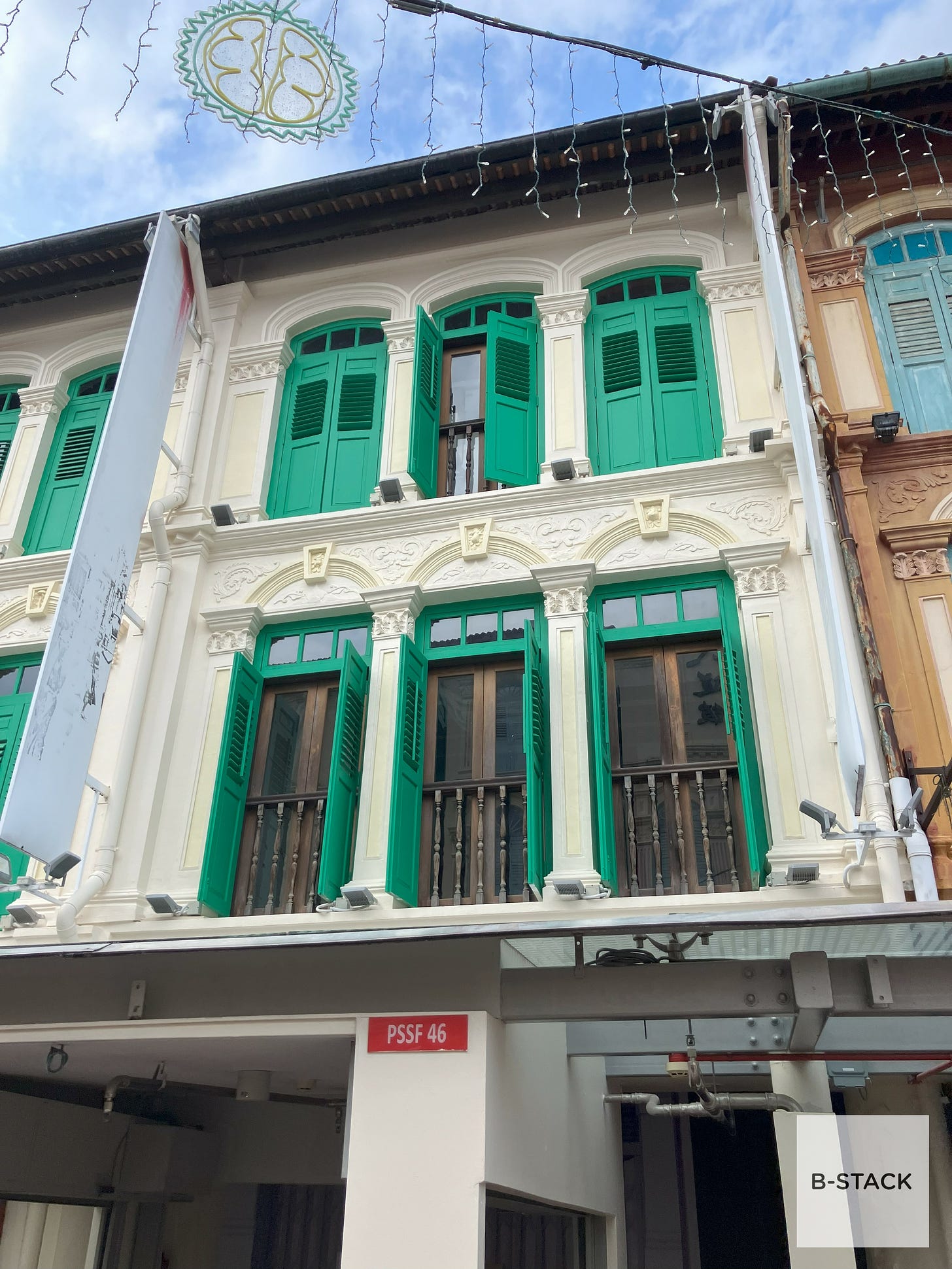Sure, New York City has built some impressive pencil towers over the last decade, but it is clear that its design culture is a shell of its former self. When was the last time a MoMA exhibit moved the needle? What was the last New York development that became iconic (Hudson Yards was a complete failure)?
Now you go into a Barnes and Noble bookstore anywhere in America and there isn’t even a design and architecture section. Nowhere in NYC is any design culture changing the bureaucratic status quo, the cartel that has loomed over the media, intuitions or fragmented and inaccessible design industries like a dark cloud. It’s no wonder that the best American architect (Holl) does his major works in China and Asia while being sued by New York City in a frivolous accessibility case.
In Singapore, you can feel the contrast in design optimism and built results immediately. Whereas the culture that built New York from about 1900 to 1960 is in decay, Singapore is putting design first in large destination developments and everyday buildings and housing.
The two cities have many similarities: both international world cities that are confined by island geography. Climate is much different, but whereas New York embraced climate design in its prewar era, it rejects it today in its boxy glass developer junk.
The most conspicuous design megaprojects in Singapore are the now iconic Gardens by the Bay (designed by British landscape firm Grant Associates in 2012) next to the Flower Dome and Cloud Forest (Wilkinson Eyre Architects) — of course the British colonial connection remains. The American contribution is just as iconic, with Moshe Safdie’s Marina Bay Sands hotel (2010) and Paul Rudolph’s Colonnade (1986) and Concourse (1994) defining the roots of contemporary Singapore design blooming.
Perhaps the last great project in New York of similar design imagination was the High Line (led by James Corner Field Operations) which began in 2005 and opened in 2009, reclaiming an existing elevated train track. The park then spawned nearby development of the West Side, including mostly residential projects and the much-maligned Hudson Yards, which has little design ambition, and is regarded by me as the death of New York design culture.
While major design projects populate new Singapore, like world class Sentosa island, Changi Airpore, Marina Bay Sands and Gardens in the Bay, the everyday quality of design and preservation in Singapore is also strong. When New York builds housing, developers can get away with cheap McUrbanism — boxy buildings with no lobbies, dark hallways, cheap materials and no courtyards.
The mean or average design project in Singapore exhibits a lot more vision, climate consideration, material innovation and futurism. The dialogue between large scale Gardens in the Bay and the average skyscraper is fully intact. In New York, every developer today dreams of a Casino or DEI to fill in a lack of design vision.
Times Square? Why not a Casino? Hudson Yards? How about a Casino? Mets Stadium dead space? Casino!
Singapore also does a good job of preserving its older districts, including their Chinatowns, little India sections and Malaysian districts.
What can explain the difference? Perhaps it is the Design Singapore Council, a national agency that focuses on design innovation. This stands above the self-interested SIA (Singapore Institute of Architects) or other industry agencies. Additionally, the requirements for license in architecture are more common sense — education and practical experience, but the kind of arbitrary requirements in America and New York.
Overall, it is an overall design culture that is difficult to build but easy to corrupt and decline. Simply, New York City and America no longer values design as it once did in its Golden Age of development from 1900-60, when architects, designers and visionaries were on the cover of TIME magazine.
New York used to be the center of the design world, with the MoMA, Center for Architecture, Cooper Hewitt and other institutions leading the way. With the last decade plus of socialist decline and DEI focused bureaucracy taking over, Singapore and other global cities are now far ahead in design culture and innovation.








